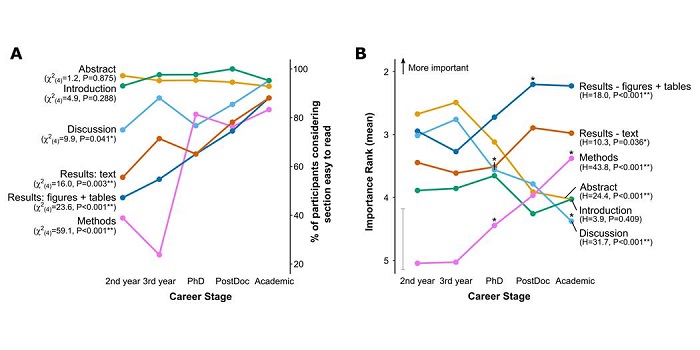
Perception and reading strategies of scientific papers depends on academic career stage
Activities, Blog, Education, Plant Science Research Weekly, Research, Research Blog, UndergraduatePLOS One. Katharine Hubbard (@KEHplantsci) and Sonja Dunbar (@PlantSciSonja) are enthusiastic proponents of student-centered teaching, including guiding undergraduate students through the reading of scientific papers. In this new work they’ve evaluated how undergraduate students compare to graduate…

Point of View: A transatlantic perspective on 20 emerging issues in biological engineering studies
Blog, Plant Science Research Weekly, Research, Research Blog“Horizon scanning” describes the process of trying to rationally predict the future. Wintle et al. describe the results from a horizon-scanning exercise to identify emerging issues in biological engineering. The authors used an iterative approach to identify key issues in the near and longer-term…

Commentary: The next generation of training for Arabidopsis researchers: Bioinformatics and quantitative biology
Blog, Plant Science Research Weekly, Research, Research BlogFriesner and 38 other authors have written a Commentary outlining the need to radically redesign training for plant scientists to work with the massive production of biological data. They recommend a comprehensive revision of how we train undergraduate through post-docs, as well as opportunities for…

Next Generation of Training for Arabidopsis Researchers: Bioinformatics and Quantitative Biology
Blog, Careers, Education, Plant Physiology, Plant Physiology: Editorials, Research, Research Blog, Undergraduate
In a new Commentary in Plant Physiology, Friesner et al. write a compelling vision for next-generation training for plant scientists. We asked three of the 39 authors, Joanna Friesner, Molly Megrew and Siobhan Brady, to tell us about their motivations and goals for writing this commentary.
You…
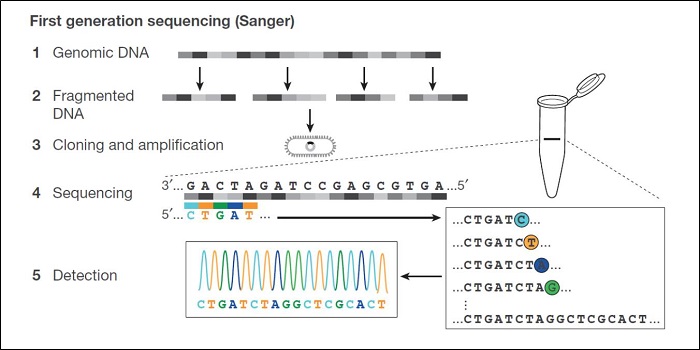
Review: DNA sequencing at 40: past, present and future ($)
Blog, Plant Science Research Weekly, Research, Research BlogShendure et al. provide a superb review of how DNA sequencing technology has changed over the years and how these changes open up new applications. They start with the Maxam and Gilbert chemical cleavage and the Sanger “chain-termination” methods developed in the 1970s, and describe the scale-ups…
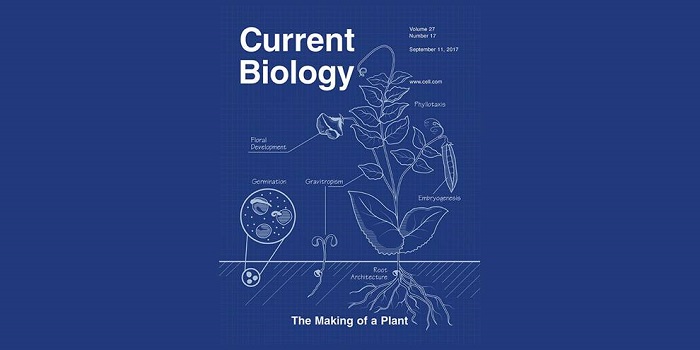
Special Issue of Current Biology "The Making of a Plant"
Blog, Plant Science Research Weekly, Research, Research BlogBrowsing the table of contents of the “The Making of a Plant” special issue of Current Biology feels like a birthday celebration; there are so many exciting goodies it’s hard to know which to open first. The issue consists of well-written and well-illustrated short reviews (and Quick Guides and…

Should you go to grad school? (From Science Careers)
Blog, Careers, Careers - Blog, Finding Your Next Position, Undergraduate StudentsReally useful post about whether or not graduate school is right for you.
"If you’re unsure about whether you should pursue a Ph.D., taking some time away from academia to explore your career interests and professional goals can help crystallize whether further training makes sense. For chemical…
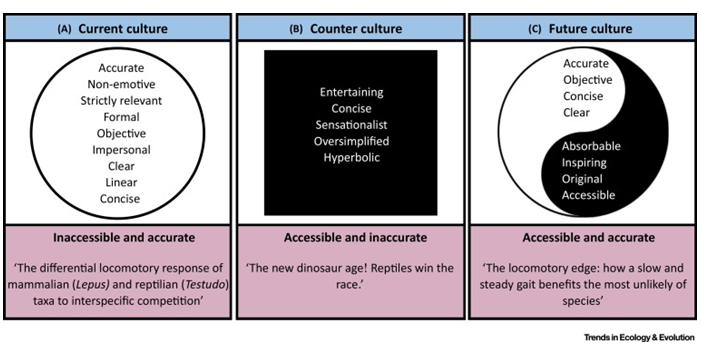
Publishing with objective charisma: Breaking science’s paradox ($)
Blog, Plant Science Research Weekly, Research, Research Blog0 Comments
/
Doublday and Connell ask whether scientific writing has to be so dull, and conclude that there is room for improvement. They are quick to argue that sensationalism and inaccuracy are not acceptable, but that it is possible for scientific writing to be both objective and charismatic. However, for the…
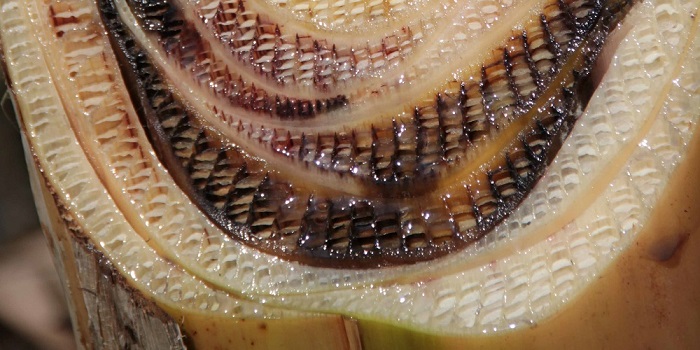
Fighting Fusarium wilt to beat the bananapocalypse
GPC Blog Dr. Sarah Schmidt (@BananarootsBlog), Researcher and Science Communicator at The Sainsbury Laboratory Science. Sarah got hooked on both banana research and science writing when she joined a banana Fusarium wilt field trip in Indonesia as a Fusarium expert. She began blogging at https://bananaroots.wordpress.com and…

